National media
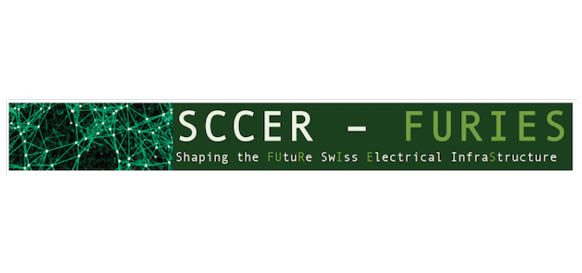
SCCER-FURIES: SHAPING SWITZERLAND\u2019S FUTURE ELECTRICAL INFRASTRUCTURE
With the Energy Act endorsed by Swiss voters, Switzerland is taking the first step towards implementing the Energy Strategy 2050 that aims to promote renewable energies, improve energy efficiency and prohibit the construction of new nuclear power plants. The SCCER-FURIES is one of the key actors involved in overcoming the challenges that this energy transition will pose on the power grid.
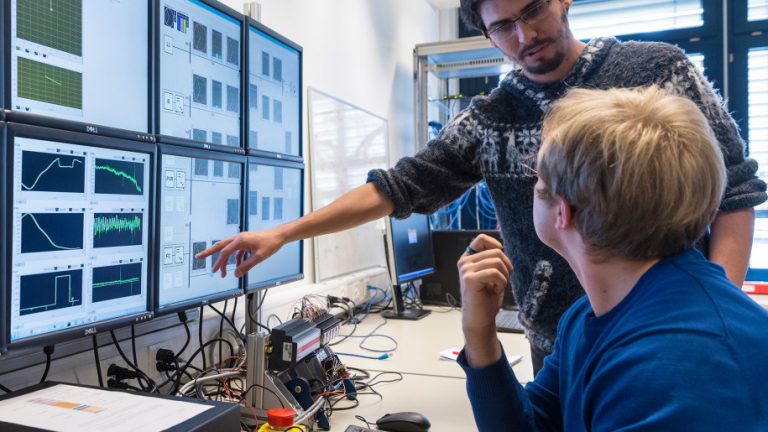
Schweizer Energieforschungszentren nutzen Synergien

PV-Industrietag in Burgdorf
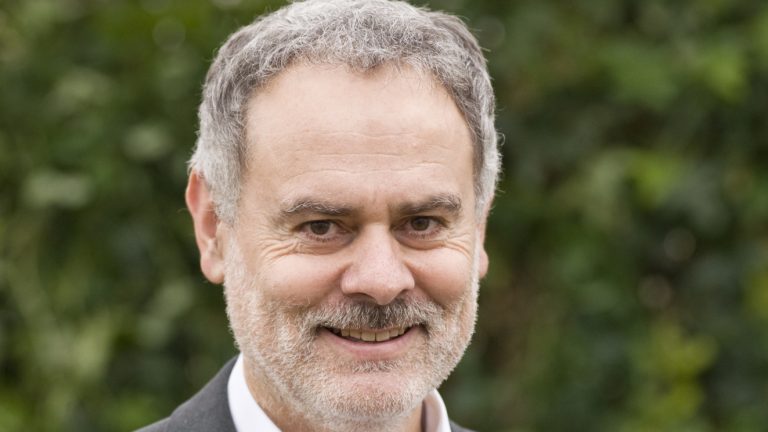
Interview mit Prof. Urs Muntwyler
Leitung Labor für Photovoltaiksysteme, Professor für Photovoltaik
BFH Berner Fachhochschule, Burgdor
«Die Photovoltaik ist eine disruptive Technologie»

PV Industrietag in Burgdorf: Volles Haus und voller Erfolg
Welche Zukunft f\u00fcr die Kleinwasserkraft in der Schweiz?
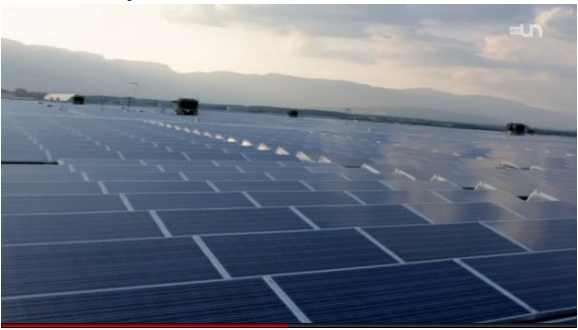
The smart grid (TV emission)
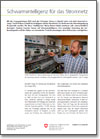
Intelligence collective pour le r\u00e9seau \u00e9lectrique (Article)

Conna\u00eetre les influences m\u00e9t\u00e9orologiques permet de mieux exploiter les lignes \u00e9lectriques (Article)
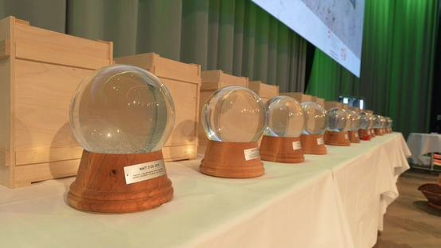
Watt d’Or 2015 (Radio emission)
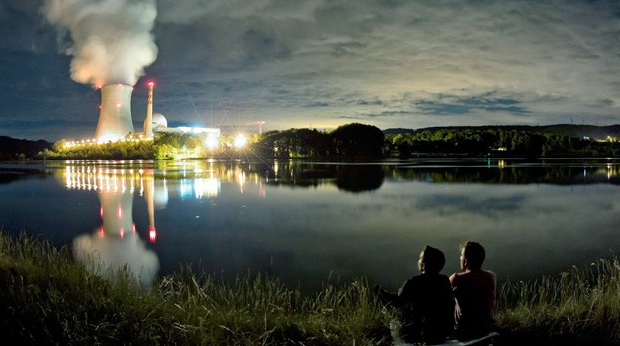
The energy revolution is still in its infancy (Radio emission)
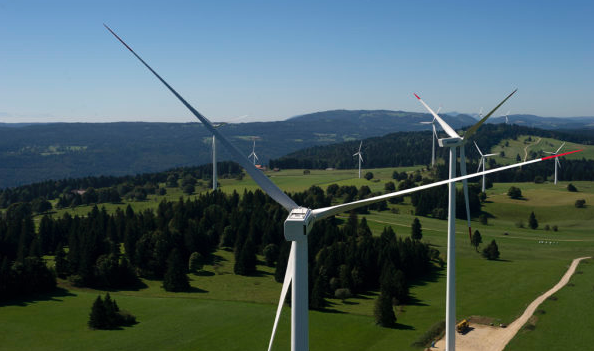
Where wind energy worths it? (Article in journal)
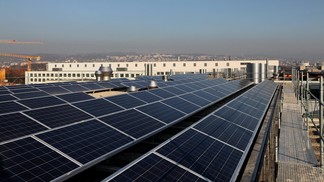
EUREKA \u2013 Le circuit de l\u2019\u00e9nergie \u00e9lectrique (TV emission)

Grid solutions for new forms of power

Pilotage automatique des r\u00e9seaux de distribution en temps r\u00e9el
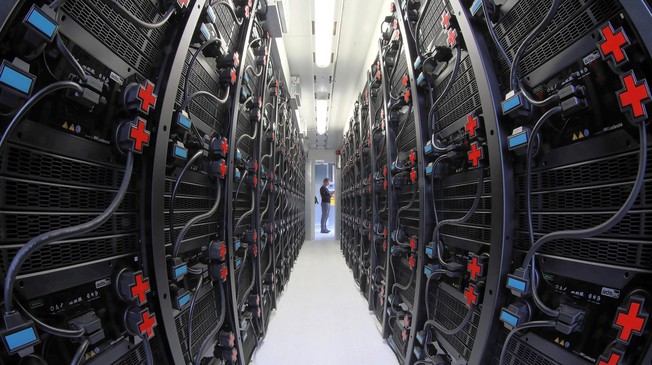
An innovative response to the challenge of storing renewable energy
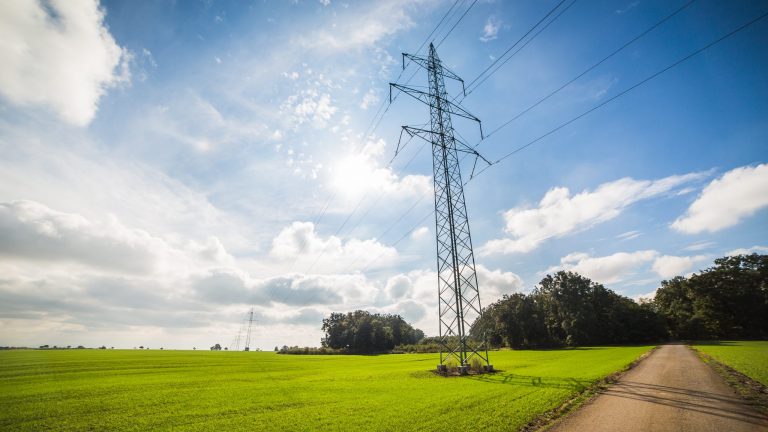
Tournant \u00e9nerg\u00e9tique dans le secteur \u00e9lectrique
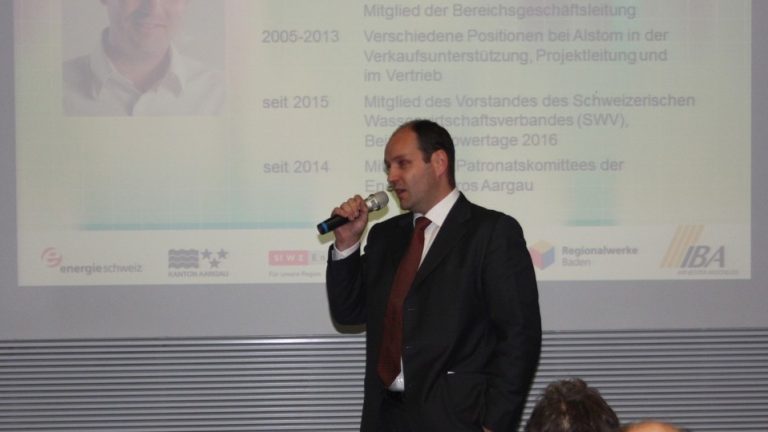
Smart ist intelligent – sind es auch die L\u00f6sungen?
Fukushima \u2013 von der Katastrophe zur Forschung an der BFH
K\u00fcnstliche Intelligenz steuert den Energiefluss
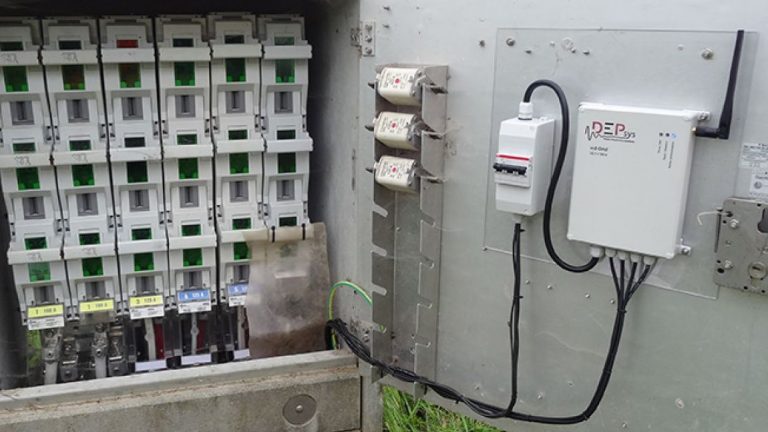
Des yeux dans le r\u00e9seau \u00e9lectrique
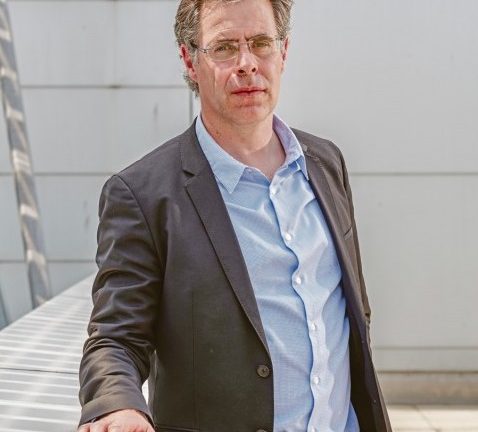
Becquerel Prize 2016 award to the SCCER-FURIES partner Prof. Ballif
COMMELEC: Enabling a large-scale integration of renewables into legacy grid infrastructures
Un syst\u00e8me intelligent pour g\u00e9rer l\u2019\u00e9nergie de la maison
Un projet europ\u00e9en devrait permettre d\u2019employer l\u2019\u00e9lectricit\u00e9 au moment o\u00f9 elle est la moins ch\u00e8re
200 maisons sont concernées par ce projet, en Valais et en Norvège.
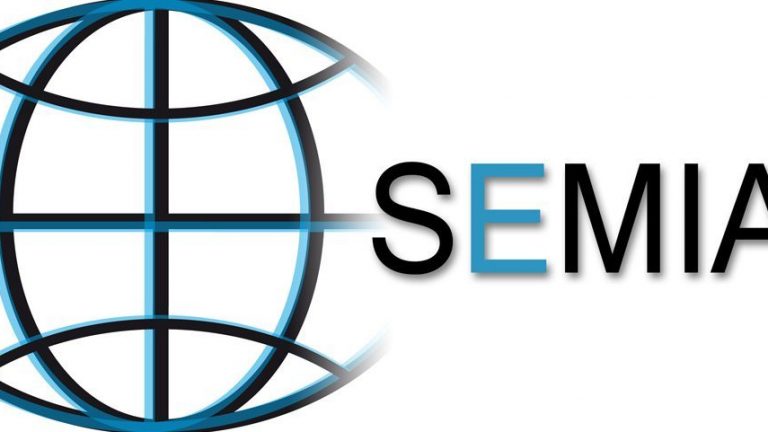
Energie: des maisons intelligentes imagin\u00e9es par 5 acteurs valaisans
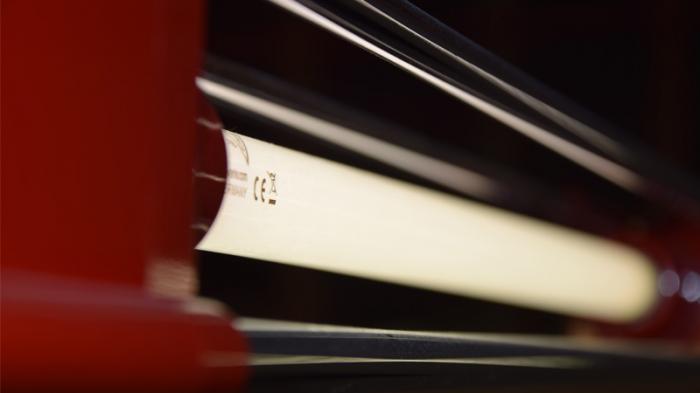
Sparen durch intelligentes Managment
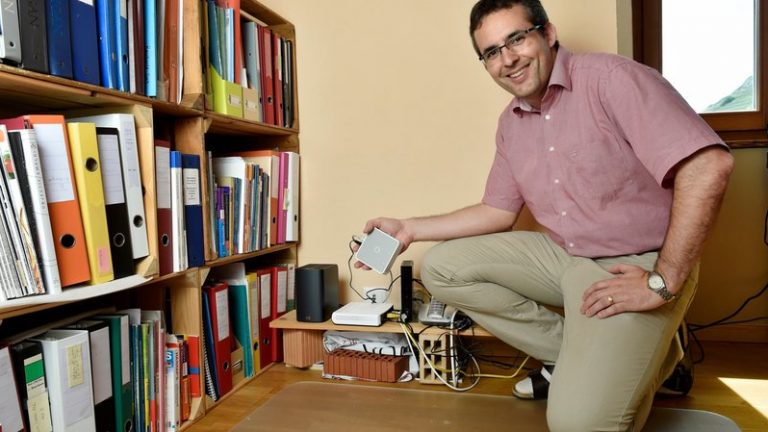
On peut consommer 10, 20, 30% de moins
ÉNERGIE – Cinq partenaires valaisans prennent part à un projet européen sur la gestion intelligente.
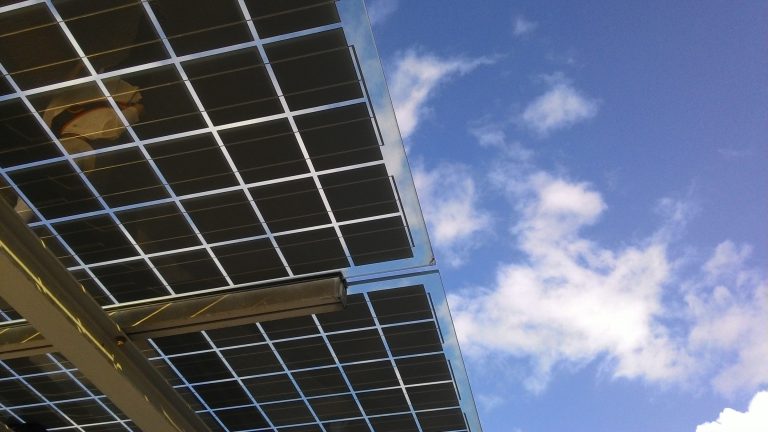
Brandpr\u00e4vention und Brandfolgenbetrachtung
Quel avenir pour la petite hydraulique en Suisse?
International Media
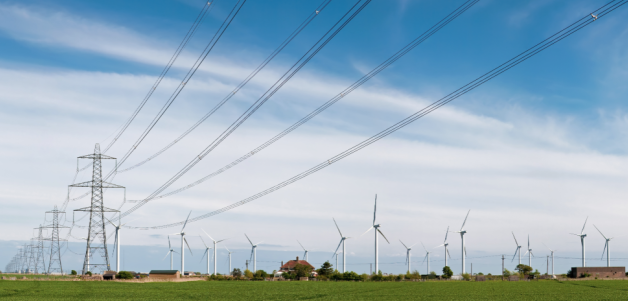
The power grid of the future? It is very similar to internet. In Switzerland there is an Italian idea (Article in journal)

SCCER-FURIES: SHAPING SWITZERLAND\u2019S FUTURE ELECTRICAL INFRASTRUCTURE
With the Energy Act endorsed by Swiss voters, Switzerland is taking the first step towards implementing the Energy Strategy 2050 that aims to promote renewable energies, improve energy efficiency and prohibit the construction of new nuclear power plants. The SCCER-FURIES is one of the key actors involved in overcoming the challenges that this energy transition will pose on the power grid.
On Sunday, 21 May 2017, 58.2% of Swiss voters approved the new Energy Act passed by the Swiss parliament. The law received strong endorsement across Switzerland and particularly from the younger generation (69% of 18-34 years old) and French-speaking citizens, especially in the canton of Vaud (73.5%).